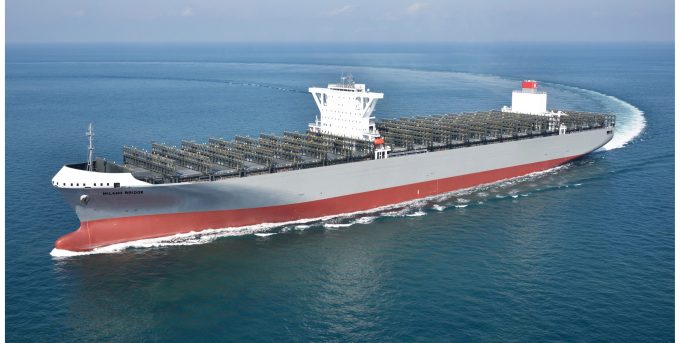Houthis claim Red Sea safe for box ships not calling at port of Haifa
Spokespersons for the Yemeni-based Houthi militia have told The Loadstar they will no longer target ...

Emergent trends in shipbuilding demonstrate how carriers are building capacity management into their fleets at the design stage.
The longtime pre-pandemic trend of “bigger is better” appears to have been sidelined in favour of flexible neo-panamax vessels of between 14,000 and 16,000 ...

Comment on this article